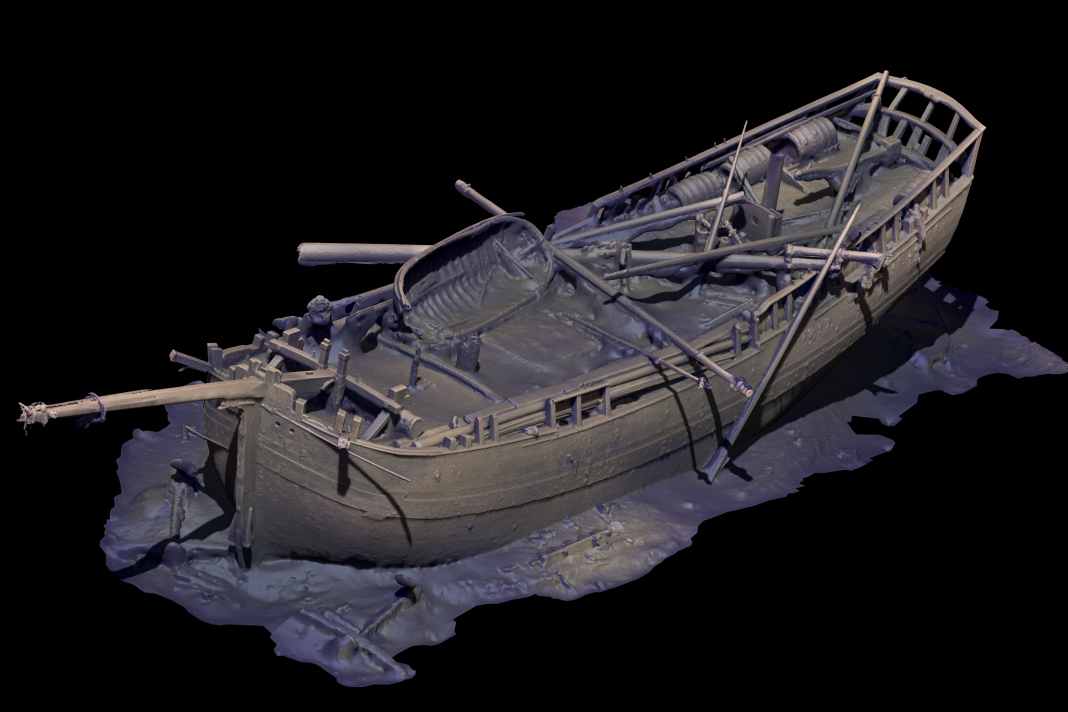Research: Sensationally well-preserved shipwrecks discovered in the Baltic Sea
Morten Strauch
· 27.11.2022






A Danish expedition has succeeded in locating and documenting three exceptionally well-preserved shipwrecks in the Baltic Sea. The wrecks, which are believed to be over 300 years old, lie practically intact on the seabed
Two of the ships are almost certainly cargo ships from the Netherlands, while the third and largest ship is probably of Scandinavian origin. Like ghost ships, all three shipwrecks lie virtually intact at the bottom of the Baltic Sea at a depth of around 150 metres in complete darkness.
"It was fantastic to see the wrecks appear on the screen when we sent an underwater robot to the seabed. The shipwrecks looked almost like the day they sank over 300 years ago. I've been diving all my life and have examined hundreds of wrecks, but I've never seen anything like this. The ships stood there as if they had just been abandoned," says Gert Normann Andersen, expedition leader and director of the Sea War Museum Jutland.
The Baltic Sea and the American lakes are among the places where the best-preserved wooden shipwrecks in the world can be found. The reason for this is that neither shipworms nor other wood-eating animals can live in fresh water at great depths, where the bottom environment is acidic and low in oxygen. For the same reason, there is no industrial fishing, which would otherwise destroy wrecks at the bottom.
In the North Sea, on the other hand, all shipwrecks are dismantled in record time. While wooden parts are eaten away by shipworms, wave action and heavy fishing gear do the rest.
More articles on historic shipwrecks worth reading:
- Wreck of the sister ship of the "Vasa" discovered
- Researchers discover the wreck of Shackleton " Endurance " Virtual 3D image of a shipwreck, compiled from thousands of underwater photos
- Second Franklin ship found
The expedition was organised in October by the Sea War Museum Jutland in Thyborøn in collaboration with the Danish company JD Contractor, which provided the offshore vessel "Sima" and modern underwater robots. The Danish National Museum also took part in the expedition, the aim of which was to investigate the decay of wrecks and materials under water.
Photogrammetry and 3D images provided new insights into the shipwrecks. An underwater robot equipped with an advanced camera brought thousands of images to the surface, from which a virtual image of the wrecks could be reproduced in great detail.
On the last day of the voyage, the expedition team managed to salvage a bulkhead that was lying loose on the seabed. The bulkhead has now been taken to the conservation department of the National Museum in Brede, where it will be analysed and conserved over the coming months. The findings may be of crucial importance in the future when it comes to deciding whether a shipwreck should be preserved in situ or whether the most valuable objects should be salvaged.
